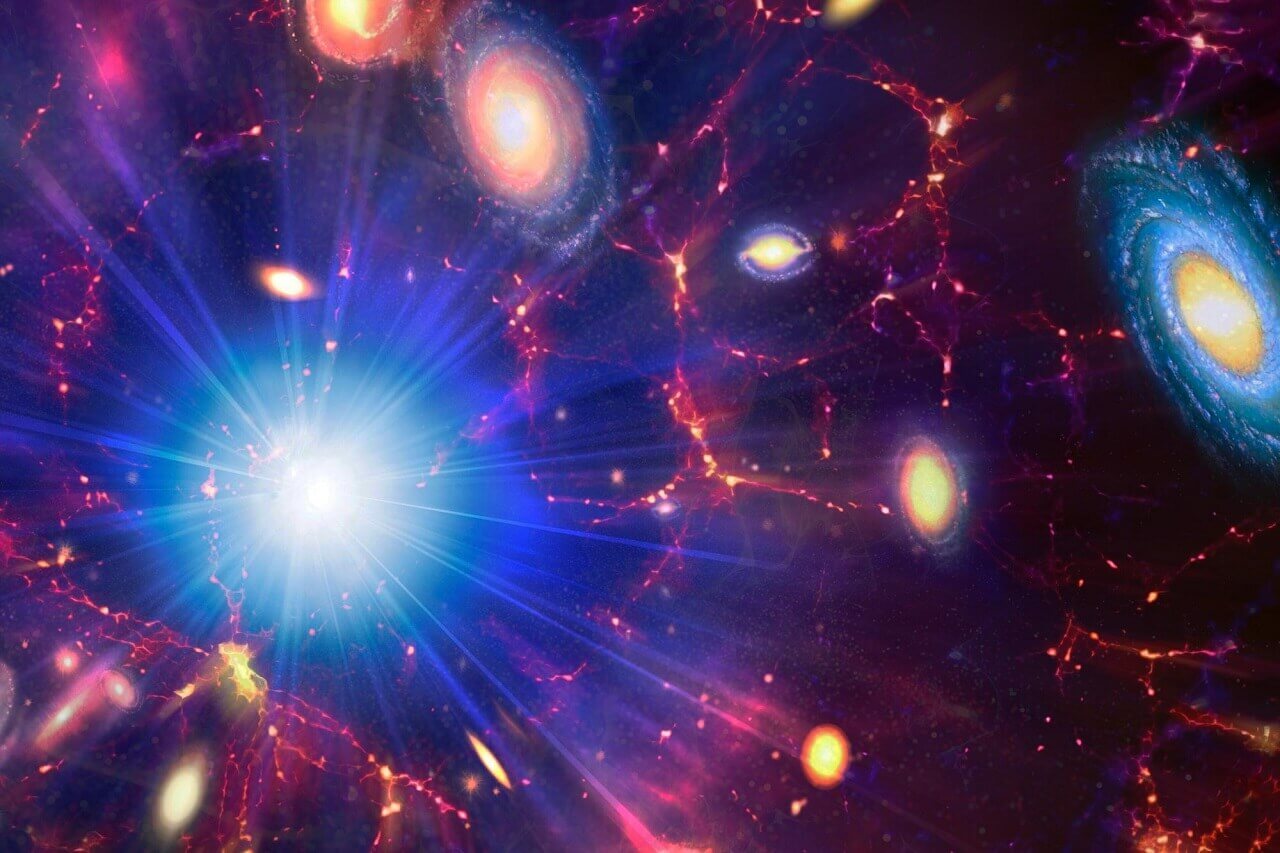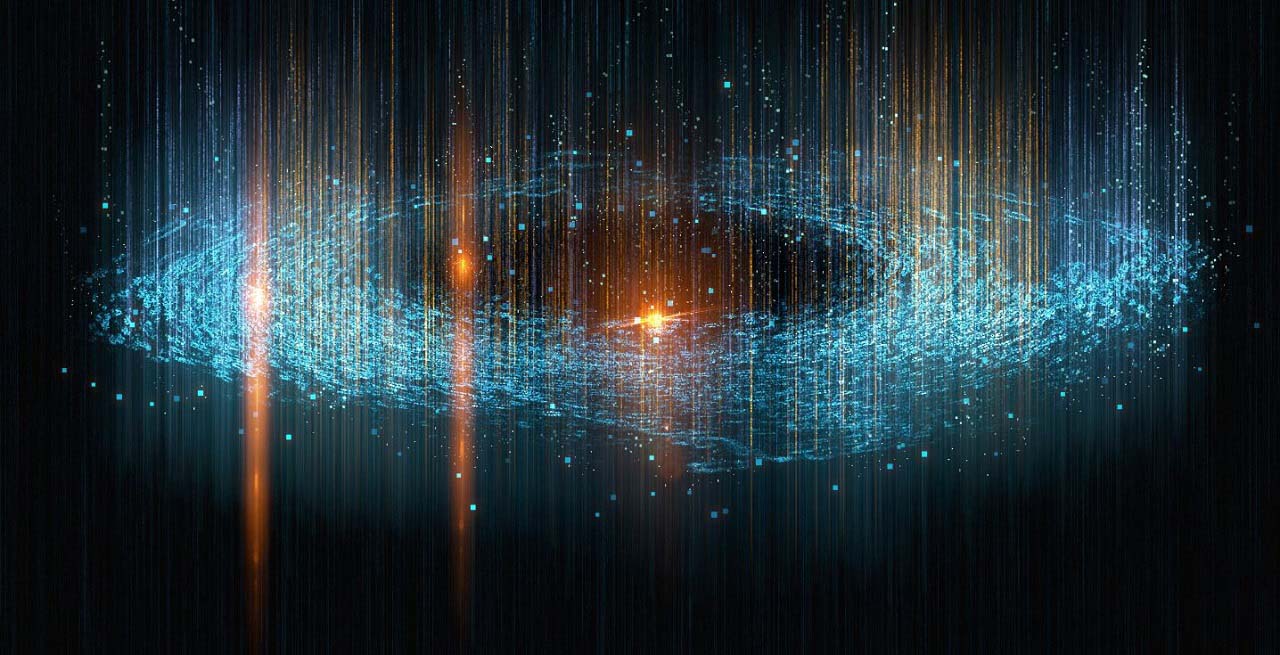Giant structure discovered in deep space that challenges our understanding of the universe
A giant structure discovered in distant space defies our understanding of the evolution of the universe .
In the light that took 6.9 billion years to reach us, astronomers discovered a giant, nearly perfect arc formed by galaxies about 1.3 billion light years in diameter. It does not match any known structure or mechanism of formation.
The big ring, as this structure is called, could be the reason to change the standard model of cosmology.
The discovery was made by Alexia Lopez, an astronomer at the University of Central Lancashire in the UK. His group presented the results at the 243rd meeting of the American Astronomical Society .
It is the second giant structure discovered by Lopez and his colleagues. The first, called the giant arch , is located in the same part of the sky, at the same distance from us . It was discovered in 2021 and became a big puzzle for astronomers. The big ring deepened this mystery.
"None of these ultra-large structures can be explained by our current understanding of the universe. Their ultra-large sizes, different shapes and cosmological proximity should tell us something obviously important, but what exactly?", says Lopez.
The most immediate connection e. year with baryon acoustic oscillations (BAO) can be seen. These are giant, circular galaxies that can be found in many places in space. They are actually spheres, "fossils" of acoustic waves common in the early universe that froze when space became so diffuse that acoustic waves could no longer travel.
The large ring baryonic acoustic oscillation (BAO) is not. All BAOs have a fixed size—about a billion light-years in diameter. A study of the Great Ring shows that it has a more corkscrew shape, arranged to resemble a ring.
And this raises a big unanswered question: what is it? What does it mean for the cosmological principle that dictates that any given part of space must look almost exactly like other parts of space in all directions?

"When we look at the universe on a large scale, we expect that matter should be evenly distributed everywhere in space, and therefore, above certain dimensions, there should be no such obvious irregularities," explains Lopez.
Cosmologists have calculated that the current theoretical limit for the size of the structures is 1.2 billion light-years, but both of these structures are much larger — the giant arch is nearly three times larger and about the same length as the circumference of the Great Ring, he said.
However, size is only one of the problems. The second is what it means for cosmology, the study of the evolution of the universe . The current model provides the best fit to what we observe, but there are some features that cannot be explained by this model.
Other models have emerged to solve these features. According to one such model, conformal cyclic cosmology developed by Roger Penrose , in which the universe undergoes endless cycles of big bangs and expansions, ring structures are expected—however, conformal cyclic cosmology has major problems of its own .
According to another possibility, these structures are topological defects in the fabric of space-time, called cosmic strings. These are believed to be proton-wide wrinkles that appeared as space-time stretched in the early universe, then froze in place. Physical evidence of cosmic strings has not been discovered, but the theoretical evidence is quite promising.
At this time, no one knows exactly what the Great Ring and the Great Arch represent. They could just be a random arrangement of galaxies , but that seems pretty unlikely.
The best case scenario would be to find more cases of such galaxy alignments.
"According to current cosmological theories, the existence of structures of this scale is impossible. "You might expect there to be one incredibly large structure in the observable universe , but the big ring and the giant arc are two huge structures, and they're cosmological neighbors, which is incredibly exciting," notes Lopez.
Prepared from uclan.ac.uk and ScienceAlert.





